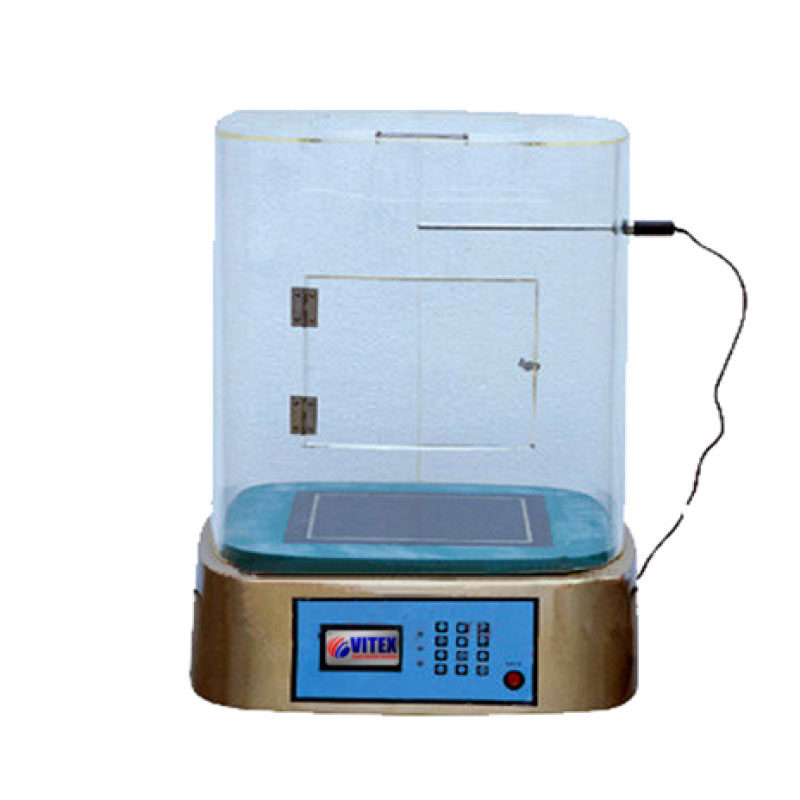Application
Thermal Resistance Tester, to determine the thermal resistance, thermal conductivity, and CLO value of various fabrics, quilting products, and other heat insulation materials.
Microcomputer controlled, data processors and quality temperature sensors are used, ensuring high test speed and precise test result. All performances of the sample (Include Insulation rate, heat transfer coefficient) can be directly calculated. Test data and result are displayed on the large LCD display, and can be stored or printed out.
Standards
ASTM D1518, JIS L1096, ISO 11092, GB/T 11048, FZ/T 73016
Power
220 V 50 Hz
Weight
85 Kg
Dimensions
520 x 630 x 700mm (L x W x H)



